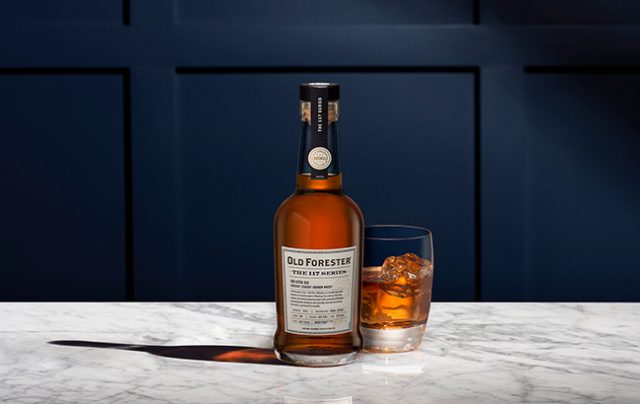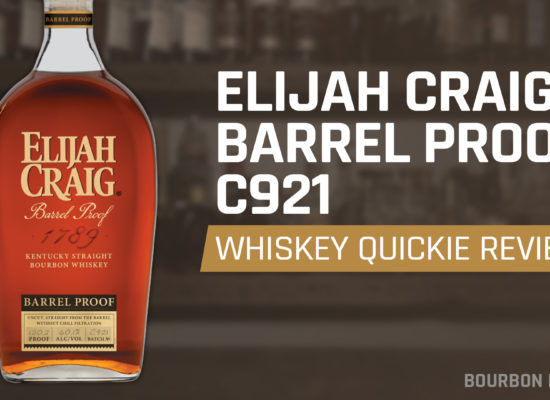Woodford Reserve’s “2022 Kentucky Derby Commemorative Bottle” and the artist behind it
 PRESS RELEASE provided by Woodford Reserve: Versailles, KY (March 1, 2022) — Today,Woodford Reserve®, the Presenting Sponsor of the Kentucky Derby®, is honoring “The Greatest Two Minutes in Sports” with the release of its 2022 commemorative Derby bottle. This year’s bottle features the artwork of Kentucky native Jaime Corum, an equine artist known for her stunning […]
PRESS RELEASE provided by Woodford Reserve: Versailles, KY (March 1, 2022) — Today,Woodford Reserve®, the Presenting Sponsor of the Kentucky Derby®, is honoring “The Greatest Two Minutes in Sports” with the release of its 2022 commemorative Derby bottle. This year’s bottle features the artwork of Kentucky native Jaime Corum, an equine artist known for her stunning […]
The post Woodford Reserve’s “2022 Kentucky Derby Commemorative Bottle” and the artist behind it appeared first on The Bourbon Review.


